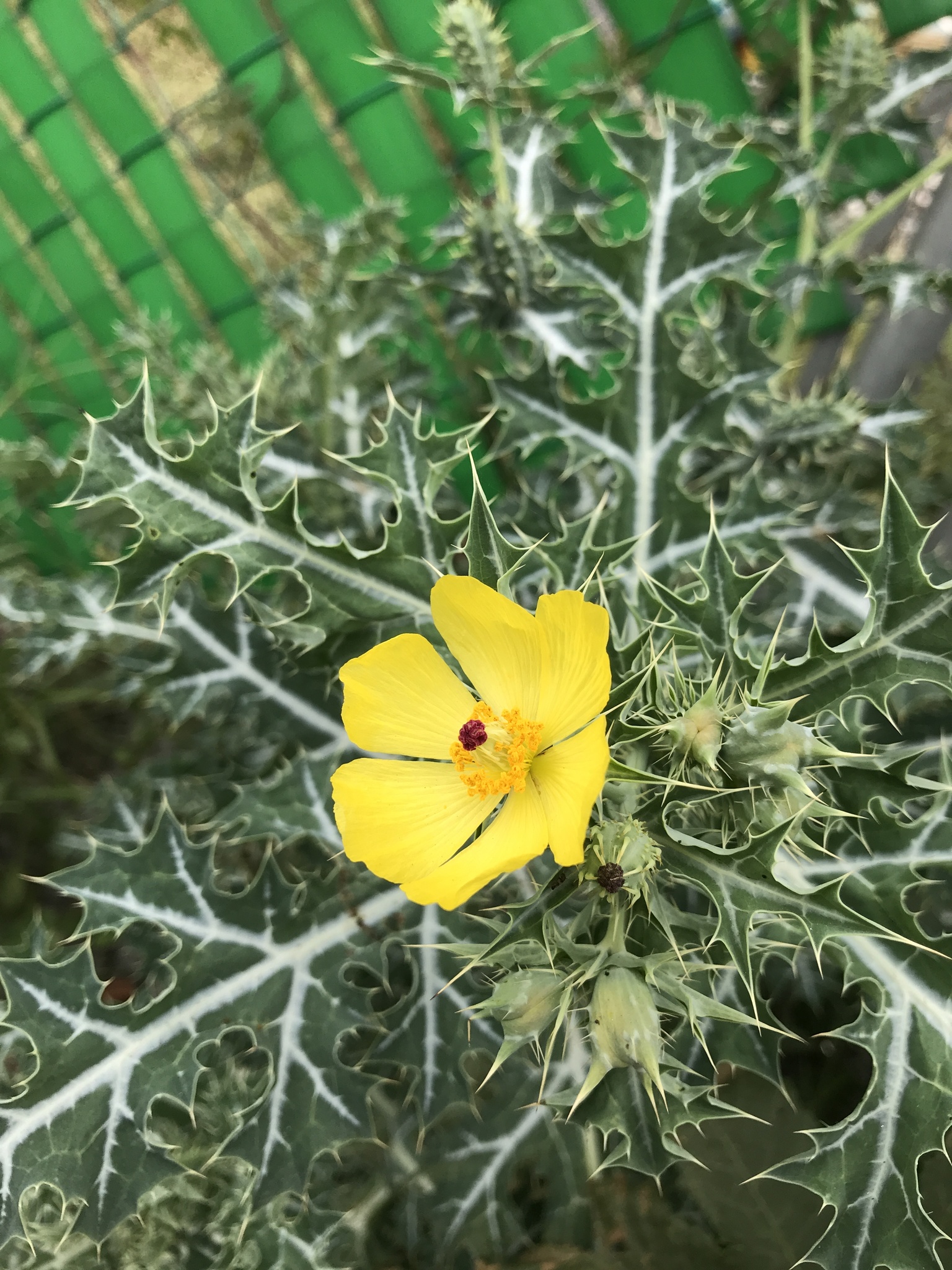
“…Since you are listening to me, I want to tell you that I hate flowers especially intensely, since I have learned that they are shameless sexual displays made by plants to induce insects to act as intermediaries in the dissemination of pollen. Those poetic flowers that you, wise and virtuous people, smell with such dedication and gallantly offer to the chaste maidens, are nothing more than obscene fleshy and slimy genitalia.”

Obviously I don't share the opinion of David Bayton, The Giovanni Papini's character who hated nature and especially flowers.
LFlowers are the sexual organs of angiosperms, formerly called phanerogams. Flowers are attractive for their geometry, colors and composition. The enviroment where I live is a semi-desert, but despite that, the preferred ornamental plants come from completely opposite origin, from more temperate climates and from other countries . However, the beauty of the local flowers is equal, or even superior.
Flowers from urban regions catch my attention, I mean, plants that manage to grow wild in urban environments. A crack, a vacant field, are the places where these types of plants are found. Botanists call these places “disturbed areas”, places where the natural environment has been altered and these plants appear. It is like a mean of nature to heal an area, the disturbed areas are colonized by these plants, they manage to stabilize the natural environment so that other species can repopulate it.
In the end, these plants are considered "pests", the urban area is a battlefield between these plants and humans. The latter try to prevent plants from occupying the place and recover the space. When you see that a plant manages to grow in the most miserable crack in a sidewalk or in the forgotten area of a roof, one realizes that the battle is lost.
Well, for some time I have had an INaturalista account, an application where you can record observations of plants or animals. In my case, the area of interest is the angioperms located in “disturbed areas”.
My favorite, Argemone Mexicana:

Argemone is native from North America, it manages to prevail in disturbed environments, especially those with poor soils. This adaptability has allowed it to reach India and Australia. Its seeds contain a toxic oil. Since "the dose makes the poison", a reasonable amount can be used as a laxative, a higher amount would send a person to the hospital or the grave.
Argemone Mexicana Datasheet:
Argemone Mexicana is the "type species" of the genus Argemone. We can say that all the plants of the Argemone family resemble the Argemone Mexicana.